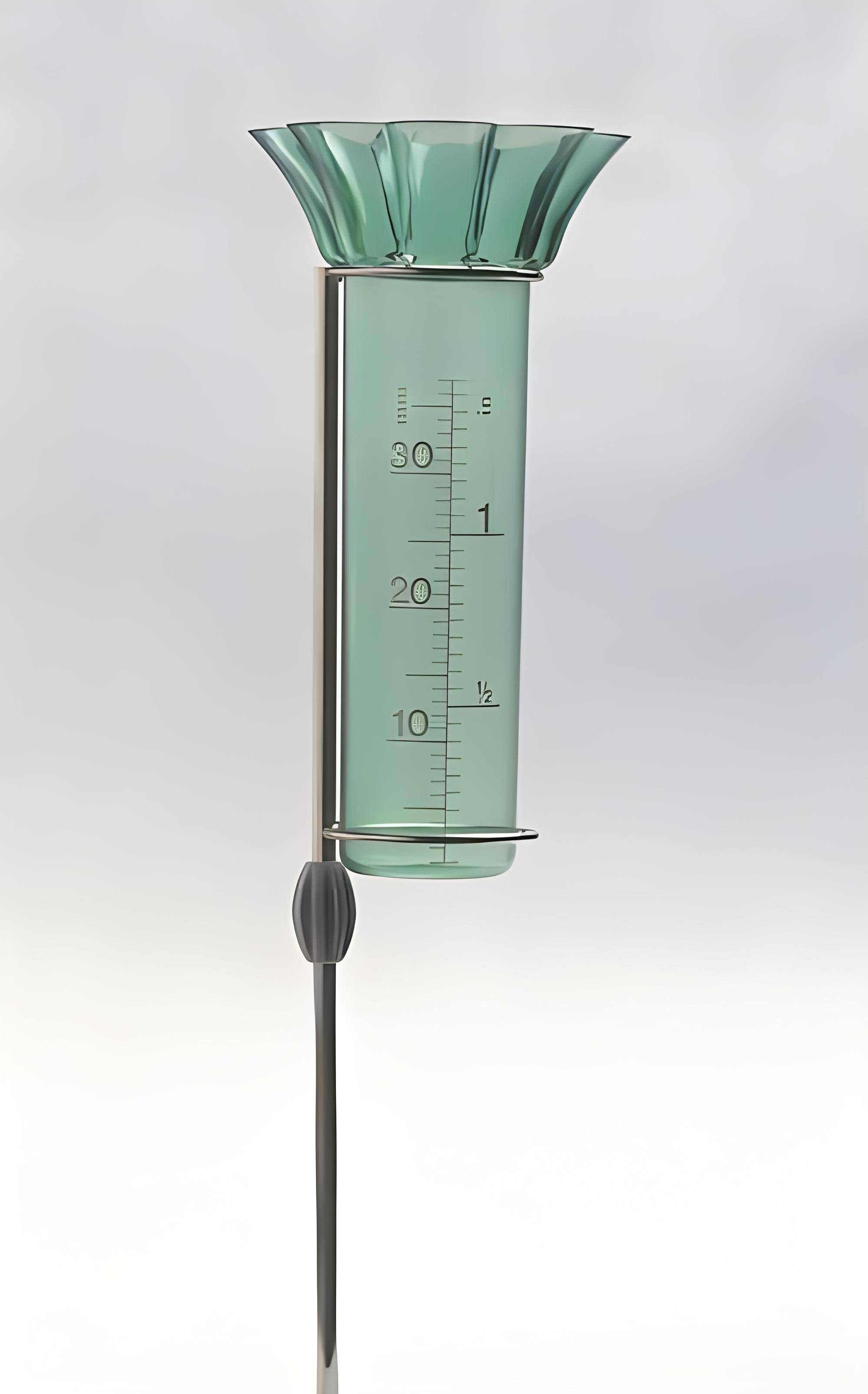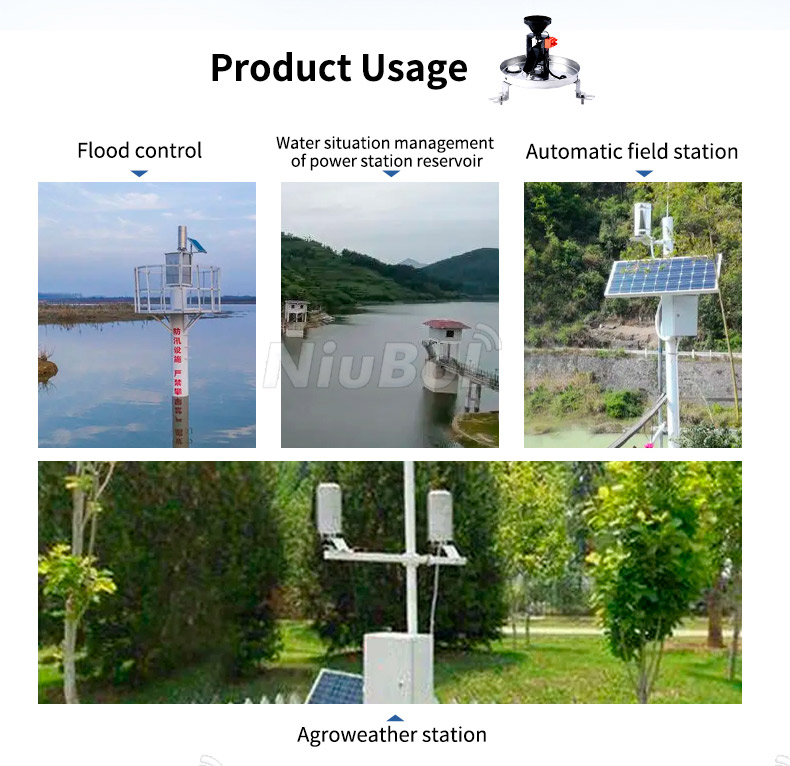

— Blogs —
—Products—
 Consumer hotline +8618073152920
Consumer hotline +8618073152920 WhatsApp:+8615367865107
Address:Room 102, District D, Houhu Industrial Park, Yuelu District, Changsha City, Hunan Province, China
Product knowledge
Time:2024-09-12 10:45:00 Popularity:9132
Intuitive: mm as a unit can intuitively represent the amount of rainfall. When we say how many mm of rainfall have fallen in a certain place, we can easily visualize the depth of the water layer in which the rainwater has accumulated on the ground. For example, a light rainfall may bring only a few mm of rainfall, while a heavy rainfall may bring tens or even hundreds of mm of rainfall. This unit allows one to visualize and understand the magnitude of precipitation.
Accuracy: The millimeter, as a smaller unit, is able to more accurately reflect subtle changes in rainfall. This is very important for meteorological observation, agriculture, water conservancy and other fields, because small changes in rainfall can have a significant impact on these fields.

2.1 Convenient measurement: In measuring rainfall, commonly used instruments such as rain barrels and measuring cups are often designed to match the millimeter unit. For example, the diameter of the rain gauge and the scale of the measuring cup are designed based on millimeter units, which makes the measurement process easier and more accurate.
2.2 Ease of calculation: The use of mm as a unit makes it easy to convert rainfall to other units or to calculate the total amount of precipitation in a given area by simple multiplication or division operations.
Measuring rainfall in mm makes it easy to calculate the amount of water that has fallen. There is a direct conversion between millimeter units and volume units such as liters. For example, 1 millimeter of rainfall means that 1 liter of water has accumulated per square meter of area. This simple conversion relationship makes it easy to calculate the impact of precipitation on surface water bodies.
3.1 International Universality: The millimeter as a unit of rainfall has been widely adopted by the International Meteorological Organization and the Global Weather Observing System, which ensures the comparability and consistency of data. Regardless of the country or region, the use of mm as a unit avoids errors due to unit conversion.
3.2 Standardization: Meteorological observations and records need to follow certain standards and norms, and the millimeter as a unit of rainfall is an important part of these standards and norms. The use of standardized units ensures the accuracy and reliability of meteorological data.
3.3 History: The tradition of using mm as the unit of rainfall can be traced back to early meteorological observations. With the development of science and technology, the millimeter as a unit of rainfall has been retained as a globally accepted standard of measurement, despite advances in measurement techniques. It has been used to provide a consistent historical record of rainfall data for climate research and trend analysis.
Agricultural demand: In the field of agriculture, the amount of rainfall is directly related to the growth and yield of crops. Using mm as the unit, it is easy to assess the impact of rainfall on crops and take corresponding irrigation or drainage measures.
Water Conservancy Needs: In the field of water conservancy, the amount of rainfall has a significant impact on the storage of water in reservoirs and the flow of rivers. Using mm as a unit, rainfall can be accurately monitored and predicted, providing a scientific basis for the scheduling and management of water conservancy projects.

To summarize, rainfall is defined as the depth of the water layer that accumulates on the horizontal surface without evaporation, infiltration or loss within a certain period of time. Rainfall is measured in mm because it can visually and accurately represent the depth of water layer, which is easy to understand and calculate. The millimeter unit matches the design of the measuring instrument, facilitates data collection and processing, and is consistent with international standards to ensure data comparability.
In meteorology, the use of mm as the unit of rainfall not only meets the measurement needs of meteorology, but also facilitates public understanding and application. This choice of unit reflects the precision, standardization and practicality of scientific measurements.
In addition, the mm unit facilitates practical application in areas such as agriculture and water resources, helps to assess the impact of rainfall on crops and water resources, and is an important basis for achieving scientific management and decision-making.
NBL-W-ARS-Tipping-bucket-rain-gauge-instruction-manual.pdf
NBL-W-RS-Rain-sensors-instruction-manual-V4.0.pdf
NBL-W-DRS-Double-Tipping-Bucket-Rain-Sensor-Instruction-Manual.pdf
Related recommendations
Sensors & Weather Stations Catalog
Agriculture Sensors and Weather Stations Catalog-NiuBoL.pdf
Weather Stations Catalog-NiuBoL.pdf
Related products
 Combined air temperature and relative humidity sensor
Combined air temperature and relative humidity sensor Soil Moisture Temperature sensor for irrigation
Soil Moisture Temperature sensor for irrigation Soil pH sensor RS485 soil Testing instrument soil ph meter for agriculture
Soil pH sensor RS485 soil Testing instrument soil ph meter for agriculture Wind Speed sensor Output Modbus/RS485/Analog/0-5V/4-20mA
Wind Speed sensor Output Modbus/RS485/Analog/0-5V/4-20mA Tipping bucket rain gauge for weather monitoring auto rainfall sensor RS485/Outdoor/stainless steel
Tipping bucket rain gauge for weather monitoring auto rainfall sensor RS485/Outdoor/stainless steel Pyranometer Solar Radiation Sensor 4-20mA/RS485
Pyranometer Solar Radiation Sensor 4-20mA/RS485
Screenshot, WhatsApp to identify the QR code
WhatsApp number:+8615367865107
(Click on WhatsApp to copy and add friends)
